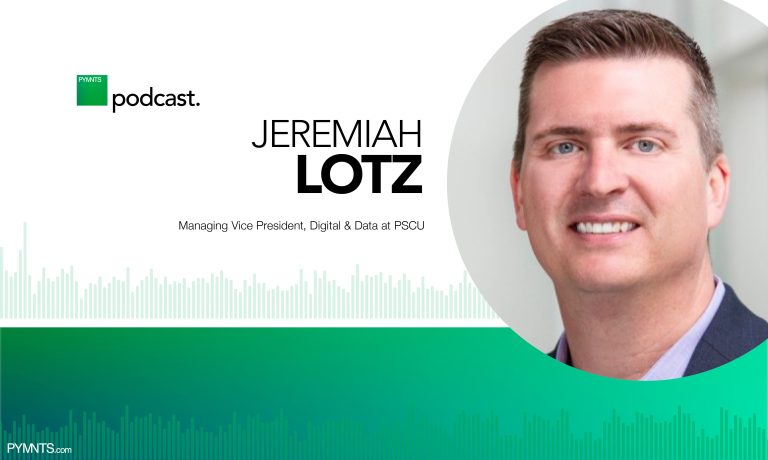Numbers, as they say, tell a story.
At first glance, it may seem that upstart challenger banks are making inroads against traditional financial players, especially against credit unions (CUs).
After all, although 4.2 million individuals joined CUs last year, that tally was eclipsed by the estimated 11 million customers who flocked to just seven challenger banks.
As PSCU Managing Vice President of Digital and Data Jeremiah Lotz told PYMNTS, CUs can leverage their competitive strengths in deep member relationships — enhanced by trust and a judicious use of the branch setting — to carve out sticky relationships with their members, and to fill gaps left by the digital-only upstarts.
“When we think about the digital-only experiences for some of these challenger banks, one of the things that we definitely see missing is that ‘people helping people’ mentality, and that overall focus on the relationship with the member as their credit union defines them,” said Lotz.
He noted PSCU has found trust is a key priority for consumers when they are choosing a financial services provider.
Advertisement: Scroll to Continue
Read more: Credit Union Members Say Trust Is Now More Important Than Physical Branch Locations
Right Place At The Right Time
To build that trust, CUs must strive to get the right interactions in place at the right time with the right technologies, targeting the correct consumers, Lotz said. The individual or family going through a life change (buying a house, for example) may appreciate a digital experience, but they’d more likely prefer a more personal approach that explains how the decisions may impact long-term finances.
Against that backdrop, the branch setting — as footprints are being reconsidered and revamped — can help combine the digital and human-touch elements along a financial journey. Lotz acknowledged that there is room for improvement to cut down on physical documentation and paper (pay stubs and tax returns, for example, are still a feature of mortgage or credit card applications). Roughly a quarter of CUs still require members to offer up physical documentation, a speed bump that could be smoothed out with digital conduits.
But as Lotz noted, having the right data in place is critical. Although CUs have been investing time and money in their digital transformations, he cautioned that traditional financial institutions (FIs) must be ever cognizant of how they want the consumer journey to look and how they want to get things done as an organization.
As Lotz told PYMNTS, “It takes some time to understand that customer journey, but then you can put yourself in the shoes of that member, and you can start to realize where something might not be perfect — or have another idea about the ways in which you want that member to experience your credit union.”
Partnerships with organizations such as PSCU, he said, mean that tech innovations can get done without the CU having to shoulder all the heavy technological lifting.
Looking ahead, said Lotz, there’s no one-size-fits-all approach to the digital/omnichannel journey that will satisfy all customers. Younger generations — millennials and Generation Z consumers who have been raised with technology and mobile devices in hand, and who will drive CUs’ future business — will lead CUs to customize and personalize their approaches.
“Millennials and Gen Z cohorts are at the age in which they’re starting to make these large financial decisions,” Lotz said. “They’re starting to look for relationships that are trusted and that give them the advice necessary for their long-term financial decisions.”
He added that they are increasingly comfortable with buy now, pay later (BNPL) and other creative, alternative payment options.
Of the BNPL options, he said, the attraction is twofold — “especially if you think about the digital side and how quick and easy that is, but also from the convenience of managing their finances.”
Older customers may still want do things (at least partially) on paper.
Data can help fine-tune those efforts, said Lotz, but CUs need to start with a fundamental question: “Do you really need more data, or is the real need that the CU must know and identify what it is they want to create in terms of the experience?”
He noted that CUs were investing in advanced technologies and predictive analytics well before the pandemic, which has left them in good shape to gain a holistic view of their members and connect a range of online and offline experiences, especially with younger users.
For CUs, Lotz told PYMNTS, “the incentive is there to refresh the pipeline for the next generations.”

